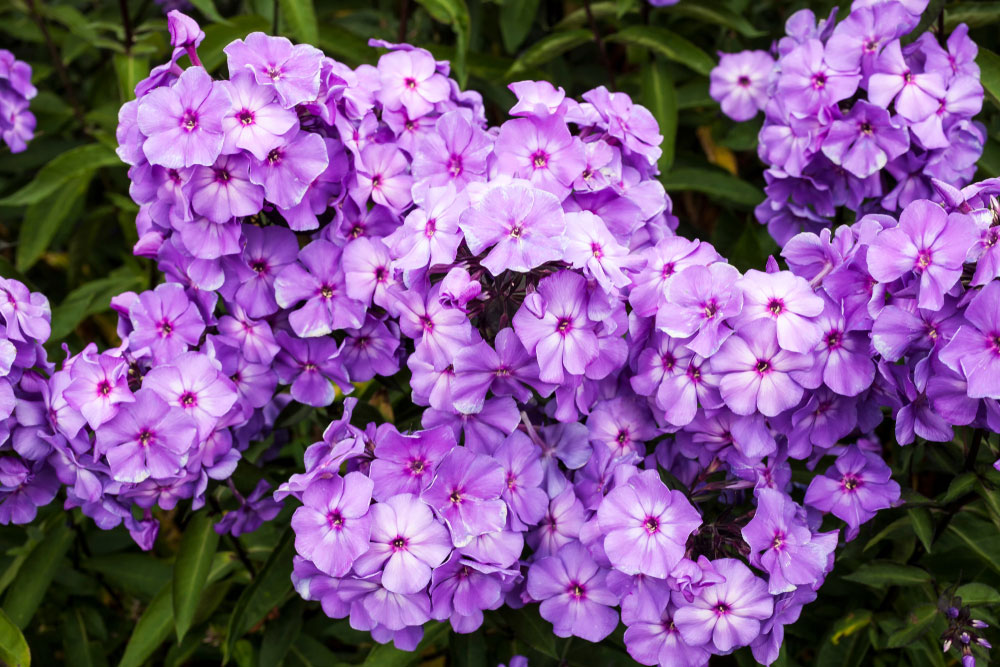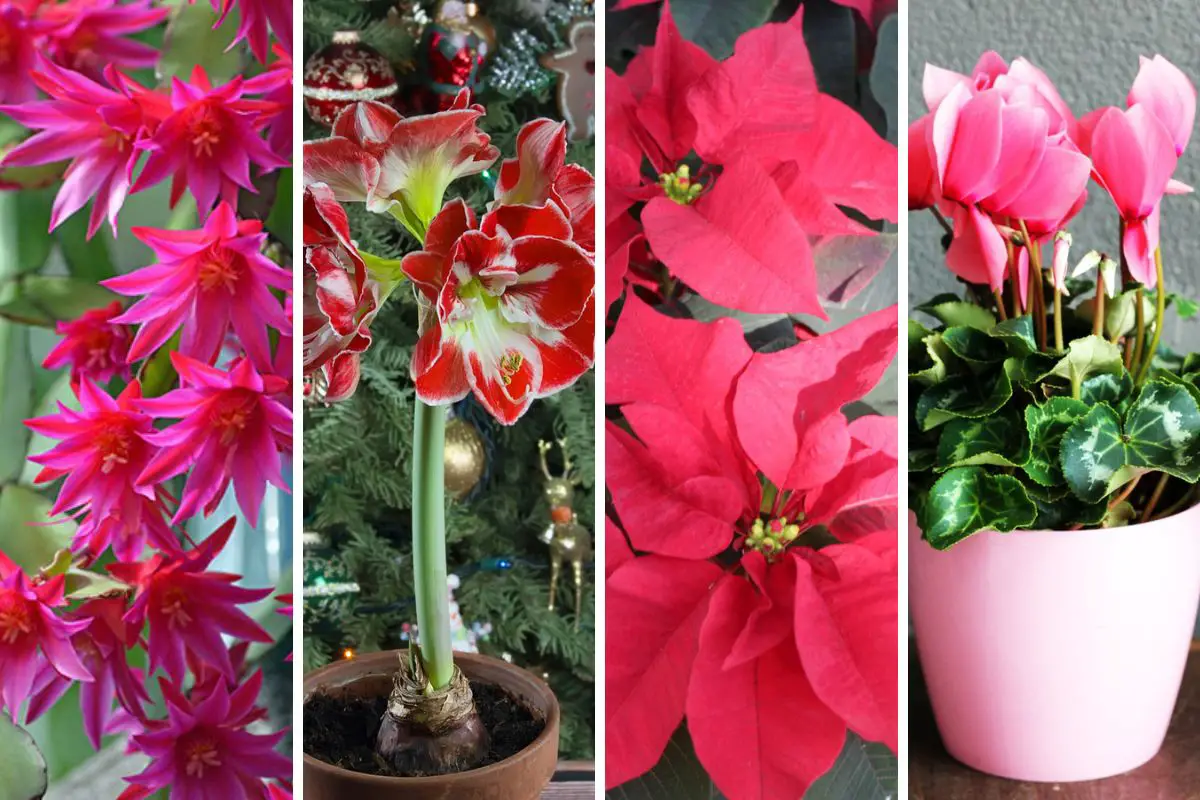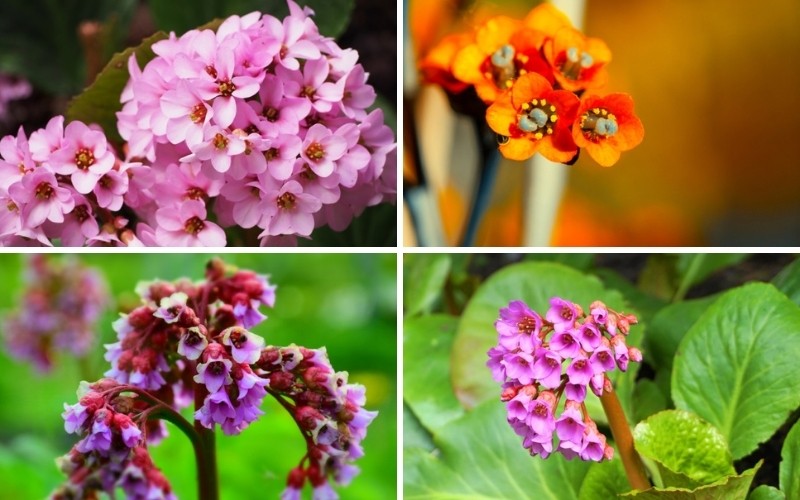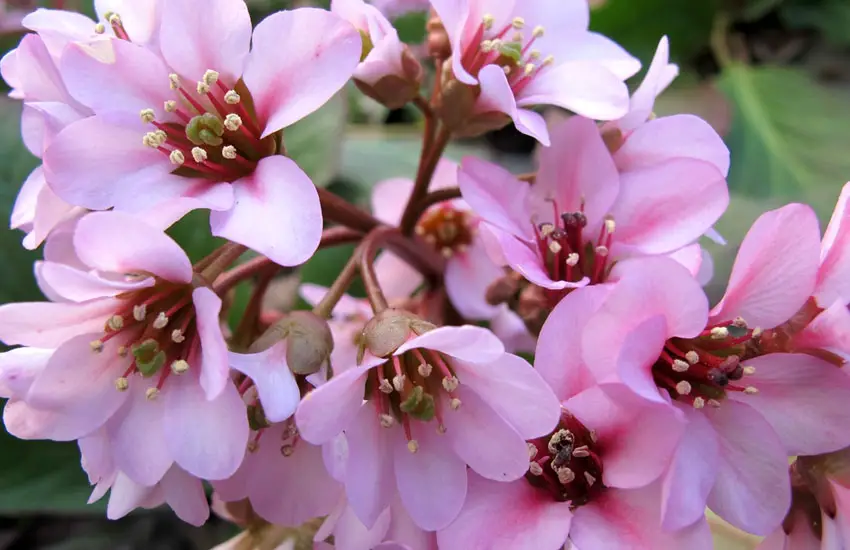
Bergenias are a hardy, semi-evergreen ornamental that originally came from Asia. It is now a favorite in gardens all over the country, and numerous stunning varieties are available. The thick, shiny leaves of the bergenia are typically heart-shaped, and in parts of the country where the weather gets cool, they produce lovely fall colors. The plant produces flowers, which can range from bright pink to deep purple, in clusters on a flower spike that can reach 12 inches in length. Bergenias are also quite easy to grow and maintain. Here’s how to care for your bergenia.
Bergenia Growth Habits
The bergenia plant can be between 12 and 24 inches tall and can spread outward to 24 inches. This makes them a fantastic option for a ground cover or as an addition to rock gardens. Although they produce beautiful flowers, these only last a couple of weeks. Bergenias are capable of thriving in a wide variety of growing conditions and are hardy in USDA zones four through ten.
Caring For Your Bergenia
Unlike many ornamental plants, bergenias require very little in the way of care. In fact, it’s quite possible to love them to death by over-watering a excessive tending. They do best with a minimal amount of interference. Bergenias can be planted in either sun or shade, but if they’re in full sun, it’s important to surround the base of the plant with a layer of mulch two inches deep, without covering the crown. This prevents the roots from becoming damaged by the sun’s heat.
These plants are sensitive to excessive wetness and should only be given additional water when the weather has been very dry. If you’re not sure, stick your finger an inch or two down into the soil to see if it’s moist. If it hasn’t rained in some time and the soil is dry, water your bergenia thoroughly. That said, while dry soil can slow the plant’s growth, too little water is better than too much.
Bergenias can grow in various soil conditions, but gardening experts recommend planting them in soil with a high humus content and good drainage for the best results. Once each year in the spring, apply a slow-release, general-purpose fertilizer once you see new growth on the plants. Be sure to follow the instructions on the product packaging to avoid burning your bergenias.
If the winters are very cold and windy in your location, it’s strongly recommended to provide a wind-break for bergenias to prevent frost damage. This can take the form of a shrub, ornamental grass, large rock or small ornamental tree. In the springtime, be sure to cut away any dead or heavily damaged foliage.
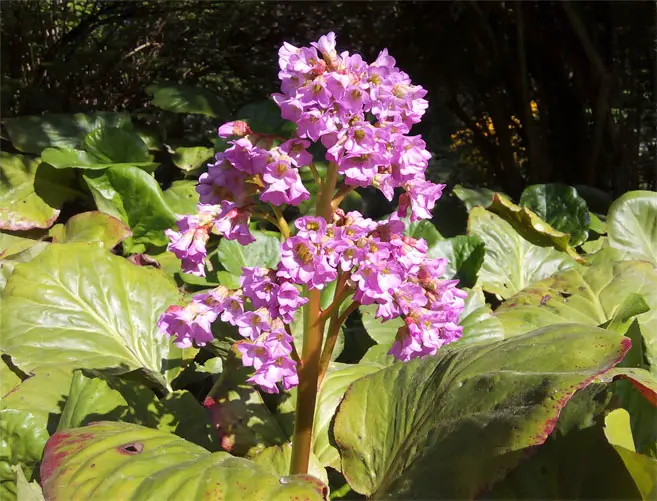
Dividing and Propagating
If you want more bergenias, dividing them is often the best and easiest course of action, and it’s also necessary. Every three to four years, bergenia clumps tends to become too dense to produce many flowers, and the center dies out. The ideal time to divide the plant is in the spring, once the flowers have died back. All you have to do is dig them up and separate the root clump into pieces. Additional plants can be started by taking leaf cutting from the crown.
If you wish, you can also start bergenias from seed. Seeds can be started outdoors by sowing them directly in the soil in the fall or spring. To start them indoors, use a standard seed-starting setup and keep the soil at 55 degrees or warmer. The seeds should germinate in two to three weeks and are then ready to place outside.

